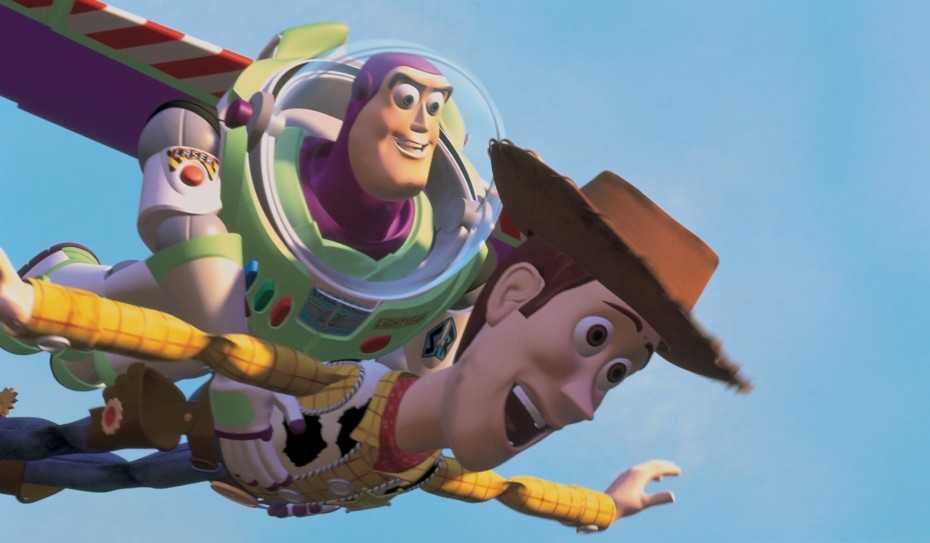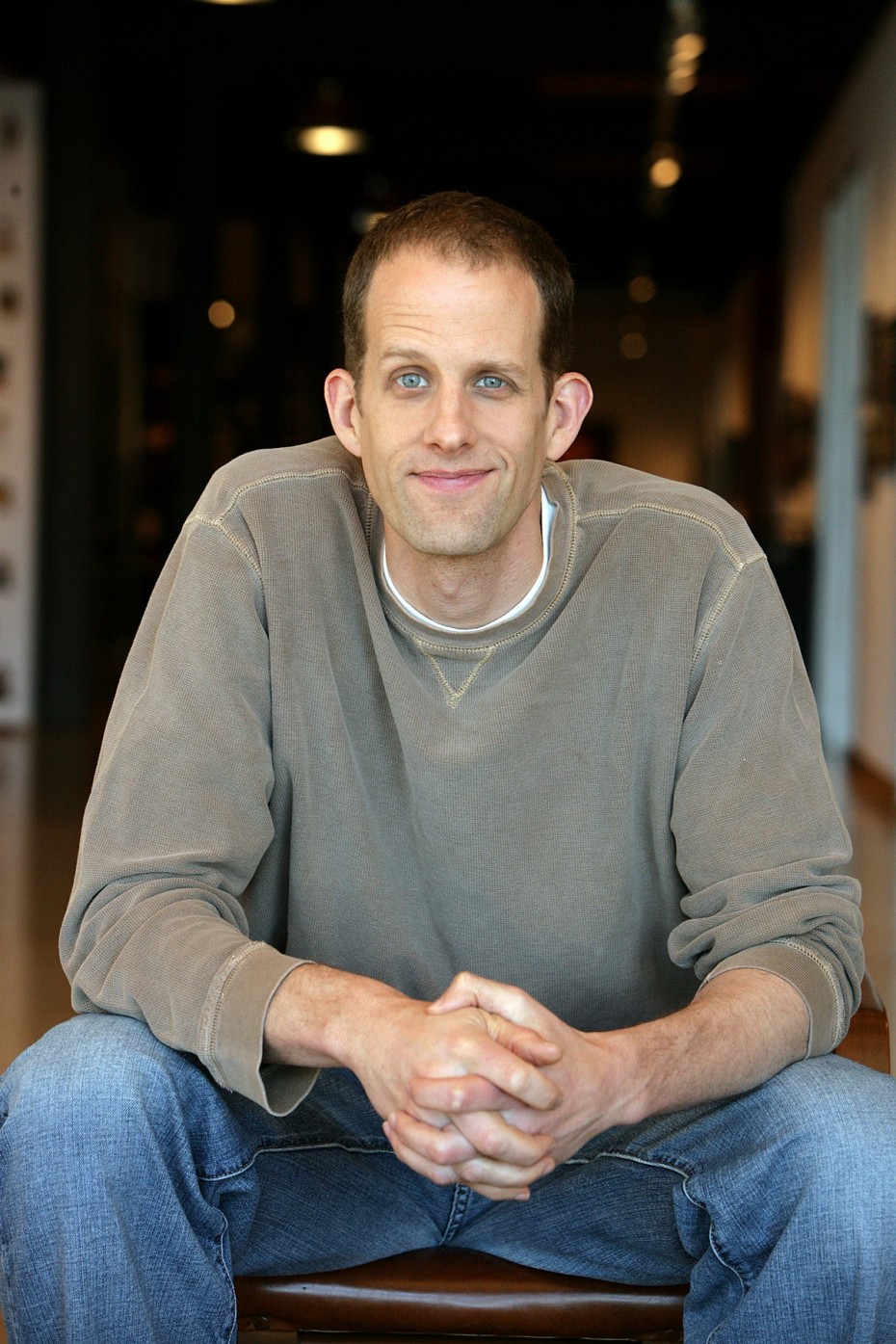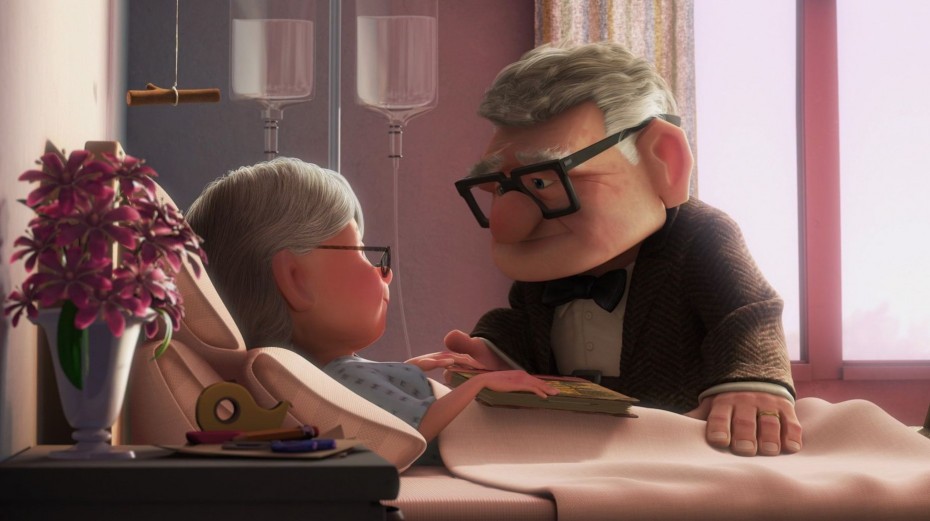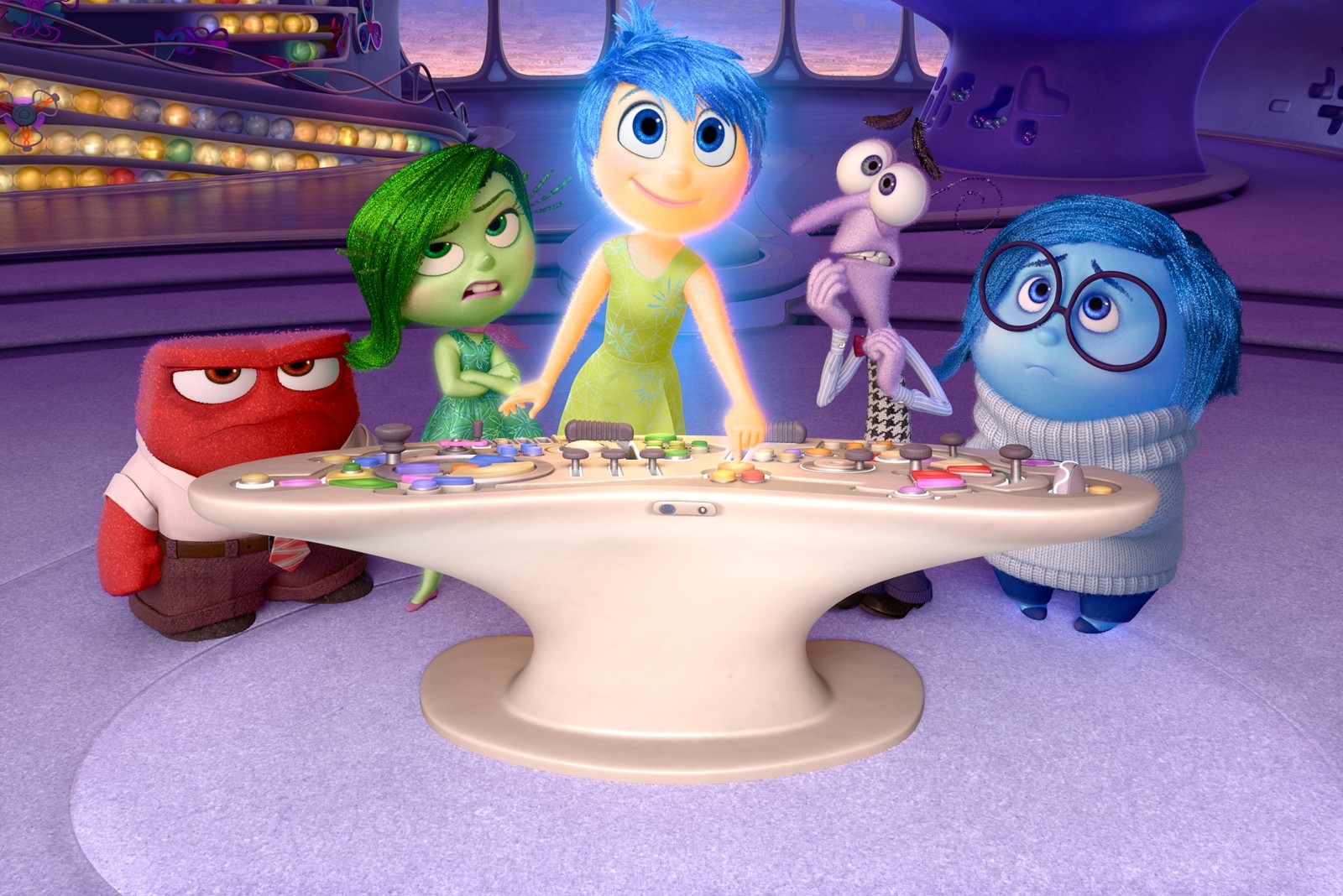By SAMANTHA CHOW
alltherage@thestar.com.my
As Oscar-winning director and animator Pete Docter walked down the purple carpet at the Malaysian premiere screening of Inside Out, it wasn’t hard to see him as one of those animated characters he created. The director of Pixar’s latest animation (Monsters Inc. and Up — not a bad CV to have) is very lanky, and has no aversion to melodramatically displaying at will the emotions featured in his latest movie.
Besides, he really likes kids, which seems natural when you create animated films for a living. During the 20 minutes he took to walk down the carpet, he was always friendly, frequently stopping to chat with the media and courteously agreeing to selfies with members of the public. At one point he actually sat on the floor to greet a toddler, who was understandably quite shy to receive the attention.
Docter seemed like he would make a great dad (he has two kids; his daughter Elie is the inspiration and voice for the young Ellie in Up). One thing’s for sure: Docter is a brilliant film maker.
Having joined Pixar in the 90s, Docter has since played a major role in creating some of the most well-loved animated films of recent years. He wrote Toy Story, Monsters, Inc., Up, and now Inside Out. He also directed the last three.

Docter was 21 and one day fresh out of college when he began working at Pixar. His first project was Toy Story where he co-wrote and served as supervising animator.
His Inside Out co-director Ronnie del Carmen seemed glad to give Docter the limelight. He trailed behind Docter on the purple carpet and waited patiently for his turn to speak to the media. And don’t be fooled — Del Carmen may not be someone you notice at first glance, but he certainly isn’t a fresh face in the animation industry.
Del Carmen was a “latecomer” to Pixar and only joined in 2000 but he has been building up his credits. He was the storyboard artist for Ratatouille, and head of story for Up. His role as co-director for Inside Out is his biggest yet.
Inside Out is a story about the emotions that live inside the mind of a teenager as she deals with moving to a new city. Being a teenager is tough enough emotionally, but Riley has to also deal with making new friends and adjusting to a different lifestyle.
While the story mainly focuses on the adventures of the five Emotions — Joy, Sadness, Anger, Fear and Disgust — inside Riley’s mind, the audience will later discover the crux of the story: why certain emotions (namely Sadness) are there.
Pixar has become synonymous with original storylines that pull on your heartstrings and leave even the manliest of men teary-eyed, and its latest feature does not disappoint.
R.AGE spoke to Docter and Del Carmen on what went into the making of Inside Out, and got their insights on dealing with teenage emotions.
What inspired this story?
Pete Docter: It all started with my daughter Elie. She was a free-spirited kid but when she turned 11 she became more reserved and withdrawn. It made me think, “What’s going on in her head, why is she changing?” When I spoke to Ronnie, who has older kids, he said “Yeah you wait, it just gets worse.”
And then I recalled myself at that age, when you’re thrust into an adult world where you’re judged and are expected to behave in a certain way. You want to be cool, but you’re not really sure what that means. So that point in life was a good place to start the story because it was an emotional point in my life as a kid and also as a parent.
Ronnie del Carmen: My first thought when I heard we were making this movie was, “This is going to be an amazing movie, it’s going to be huge! But wait… it’s also going to be the most difficult movie we are going to make! (laughs)
Who did you consult when doing research for this movie?
Docter: We spoke to neurologists, psychiatrists and psychologists like Dacher Keltner and Dr. Paul Ekman, who is the pioneer in science behind facial expressions. (Dr. Ekman was the inspiration for Dr. Cal Lightman in the TV series Lie To Me). Through them we did in-depth research on the function of and reason for having emotions, the latter which was not obvious to us at all in the beginning.

According to Docter, “The Emotions are kind of like the voices in our heads.” Photo by Debby Coleman. ©2015 Disney Pixar. All Rights Reserved.
How did you pick the five emotions?
Docter: The experts and researchers have different ideas of how many emotions we have. They range from 4 to 27, depending on who you ask. Dr. Keltner’s work suggested that there are 21, with emotions like boredom, contempt and embarrassment. It was fun to explore as there were so many possibilities in terms of character.
Del Carmen: Ultimately we wanted emotions that could give more life to the movie. We knew we wanted joy and sadness, because those are evident even in babies. Anger and fear came later, but we actually toyed between other emotions like hope and pride before deciding on disgust. Disgust actually represents a lot of what a teenager is, they are an expert at being mortified about what’s happening in the world. Disgust lets teens develop better opinions and more personality.
Every person in the movie had a prominent emotion, the one that ‘supervised’ the rest. In Riley’s case it was Joy, but it wasn’t so when it came to her parents. Why is that so?
Docter: Joy was Riley’s main emotion because Riley is the kind of person who is naturally happy, minus a few bumps along the way. But mainly it’s because Joy is what parents want for their children. We want them to be happy and enjoy life, but we learn that life doesn’t always work out that way and we have to adjust.
The movie mainly features the emotions inside a young girl’s head. Why a girl instead of a boy, and do you think there are differences between the two genders when it comes to dealing with emotions?
Del Carmen: There are possibly differences between girls and boys when it comes to emotions. In our movie it had to be a girl because of who the storyteller is: Pete, telling the story about his daughter. In the movie there was a short scene of a boy, and that came from our personal experience. Animators generally aren’t very suave young boys growing up, and girls terrified us. Talking to a girl was one of the hardest thing you can do.

Docter is a storyteller who finds inspiration through the people around him. Young Ellie in the movie Up was modelled after and voiced by Docter’s daughter Elie.
What would you describe as the turning point in the story and how did you come about it?
Del Carmen: One of the key things we had to learn was what emotions are for. In the beginning, we were much like Joy and the other emotions, we wondered what sadness was for. We knew what anger and fear was for, we knew disgust was there to keep you from eating something bad and being poisoned, but sadness doesn’t seem to have an obvious reason. Like Joy, Pete and I as parents didn’t want our kids to be sad. In fact in the movie, Sadness actually questions her own role. She wonders, what is she good for? She’s an insecure character who wants to help, but thinks that she might actually be bad for Riley.
Docter: Then we learnt that sadness was there to help you connect with others so you can not only signal to people that you need help, but also emphatise and recognise that a friend is in need. Also, sadness comes when you realise that your kids were growing older and you miss the days when they were little and they would sit on your laps and hug you. This bittersweet and slightly sad emotion you feel when childhood passes by is a key element to the film. As we learnt that, it became part of the story where Joy realised the same thing.
So we know how sadness connects people. Can we say the same for the other emotions?
Docter: Sure! Everyone is always looking for the key to happiness. In the beginning, it’s all about laughter and ice cream, and although there’s nothing wrong with that, life shows us that it’s so much deeper. Making this film made me realise that family and friends are what makes me happy. Sure, those are the people who I shared fun times with, but they’re also the people who I’ve been angry at, scared for and sad with. It’s really the depth and complexity of all these emotions that bring a real connection between people.
After making this movie, what did you learn about emotions that was most interesting?
Del Carmen: The experts say that emotions are a very primitive set of responses to the world that was with human beings for a very long time. It evolved with us because it prepares us to face the challenges of being alive. But one important thing to note is that the choice of reaction is with the person. Even though Joy might make Riley feel happy, Riley doesn’t necessarily have to act one way or another. Joy is a guardian emotion much like a parent who wishes nothing more than for her child to be happy but cannot actually make her happy.
Docter: We thought we were telling a story about a girl growing up, but it turns out that it’s a story about us watching our kids grow up. This story is told from Joy’s point of view as a surrogate mum.

Del Carmen said that he and Docter ‘discovered the movie, rather than knowing what the movie was about at the beginning.’ Photo by Debby Coleman. ©2015 Disney Pixar. All Rights Reserved.
What can adults do to help kids and teens deal with their emotions?
Docter: I was lucky to have people who constantly encouraged and believed in me from young. Case in point: when I was young, an adult I knew from church trusted me enough to design a billboard. I remember my parents driving me down the freeway and I was so excited to see the 50 feet-wide billboard with my own design. As an adult today, I believe that being friends and putting your trust in kids will help them in ways you cannot imagine.
Teens today prefers to socialise online. Do you think that it affects their interpersonal relationships and ultimately their emotions and personalities?
Docter: I think it does. The reason why teens like socialising online is because everyone wants to be connected to others. When you’re online there’s a level of safety and distance where it keeps you from being judged or stupid. For older people it might not feel quite right because it’s not the way we grew up, but ultimately they’re after the same thing – the social connections that emotions give you.
What is it about making movies that satisfies you?
Docter: When I started at Pixar 25 years ago, I had no idea what I was doing. A lot of what drove me was the desire to do something that felt new. But as I got into it, I discovered that what really makes me care about what’s happening in the story are the relationships between characters, especially when the characters evolve and change. Like in Toy Story, Woody and Buzz couldn’t stand each other but they grew to the point where one would willingly sacrifice himself for the other. That change in a character is so satisfying. Be it monsters, fish or emotions, that is really what Pixar is really after in all our films.
Inside Out opens in Malaysian cinemas on August 20.







Tell us what you think!